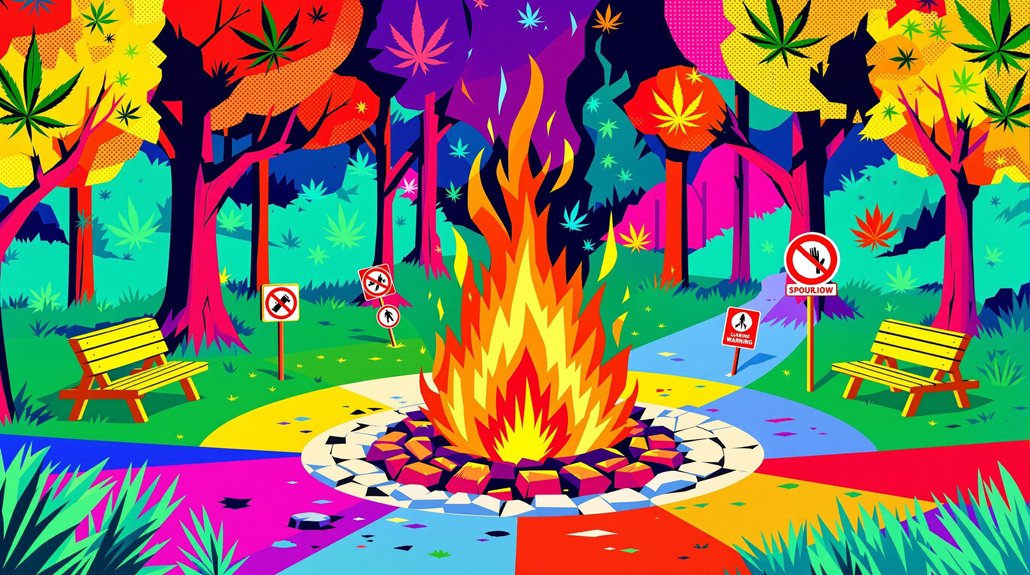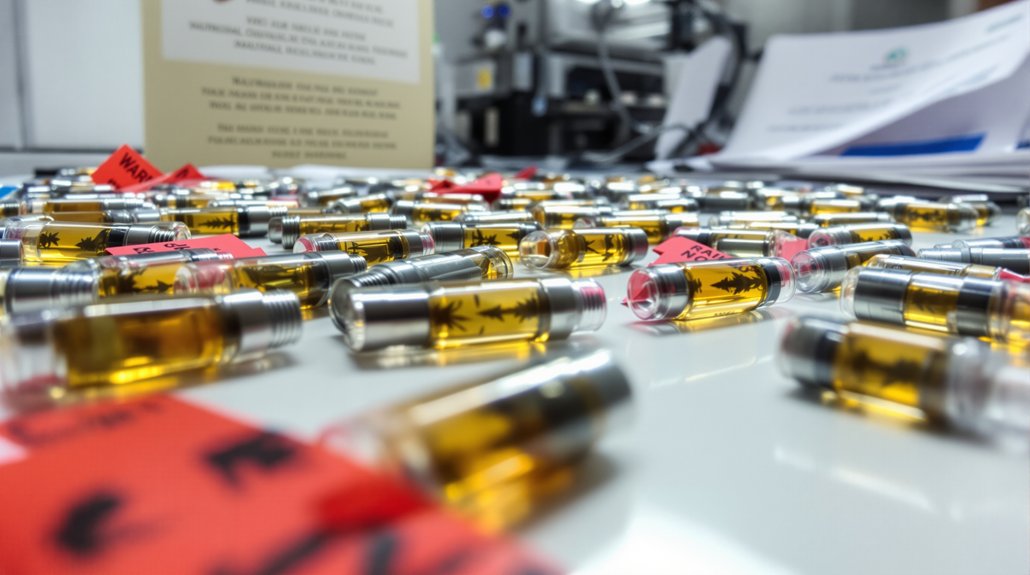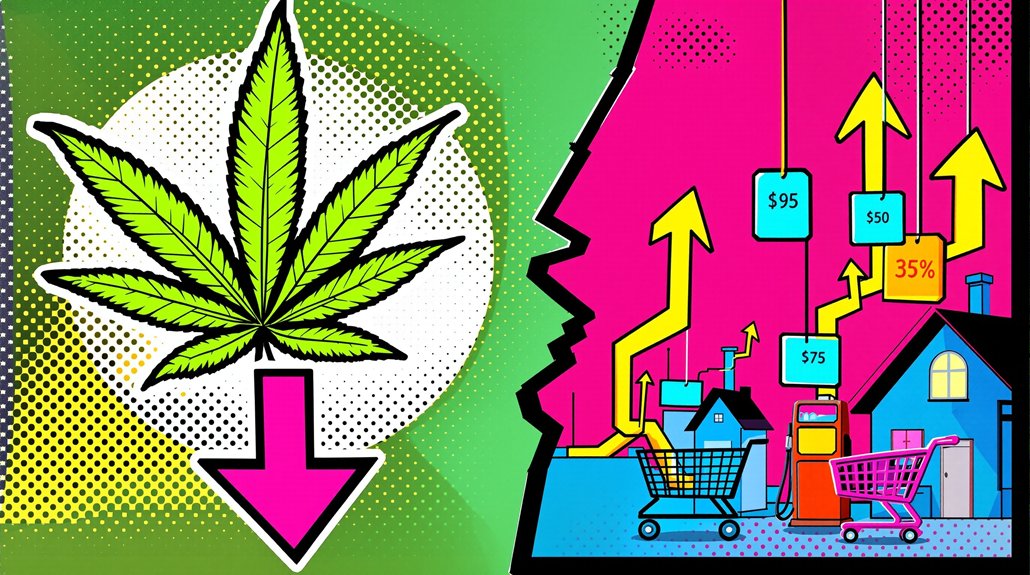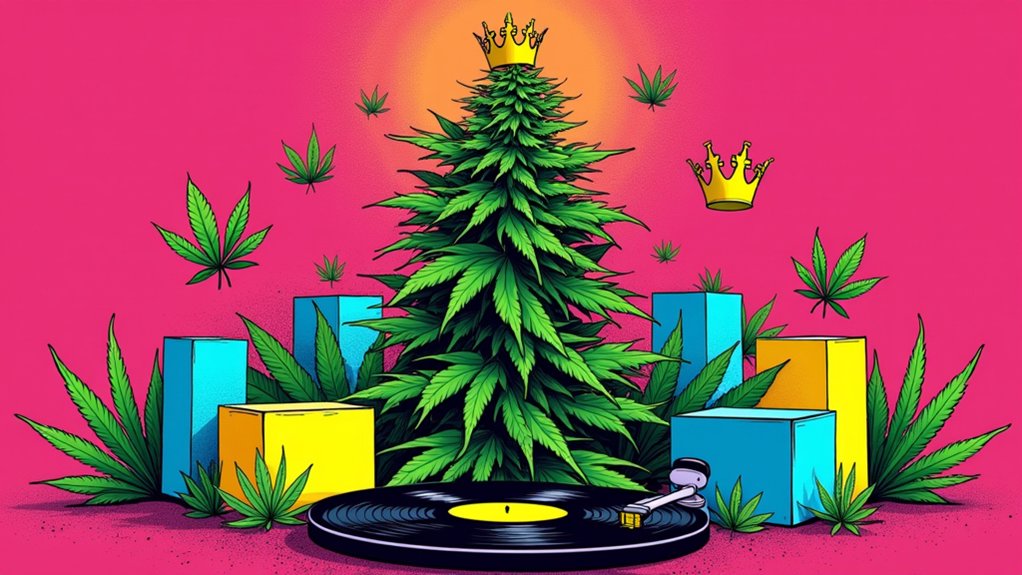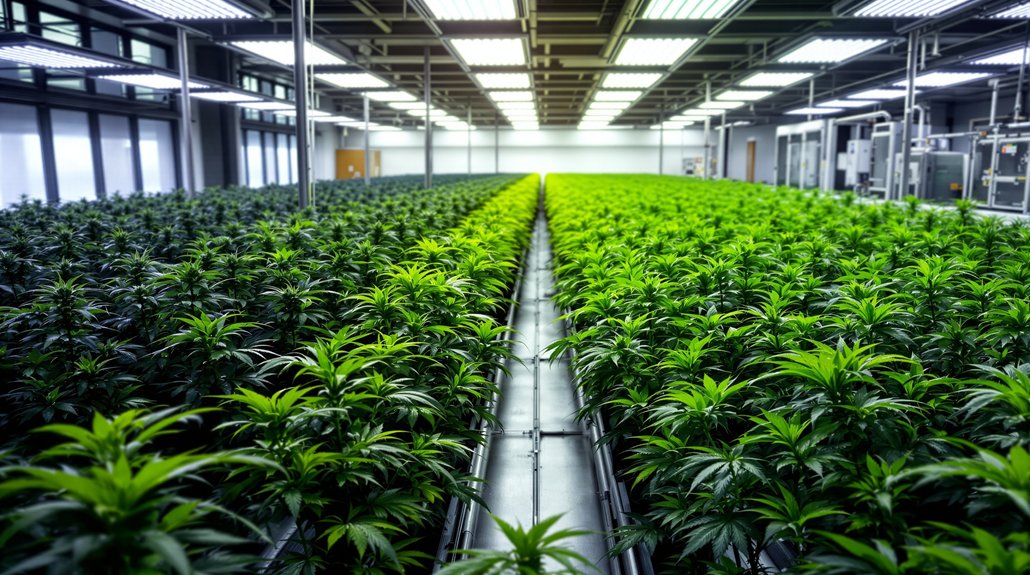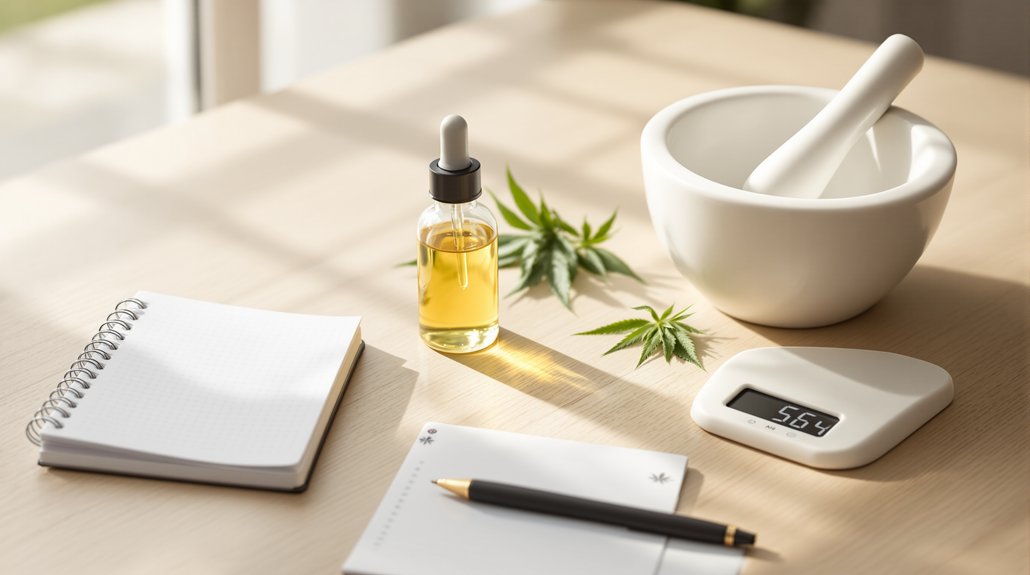While marijuana becomes legal in more states, public parks have emerged as unlikely battlegrounds where personal freedom collides with family-friendly policies. Twenty-four states now permit recreational cannabis use, yet cities like Minneapolis, St. Paul, and Duluth maintain strict bans in their parks despite statewide legalization. The result is a patchwork of conflicting regulations that leave both users and officials traversing murky legal waters.
Park enforcement typically relies on signs and verbal warnings rather than tickets, though repeated violations can lead to arrest. Some local policymakers push for misdemeanor penalties to strengthen these bans, but concerns about fairness and equity complicate the debate. Massachusetts has created additional confusion by allowing medical marijuana in parks only for “duly authorized” use, a vague standard that generates ongoing disputes over interpretation. This mirrors challenges seen in countries like Uruguay and Canada, where first offense fines for public consumption can range from hundreds to thousands of dollars.
The tensions run deeper than simple rule-making. Families and youth advocates demand smoke-free spaces to protect children from exposure, particularly given that nearly 40% of high schoolers have tried marijuana and 6% of 12th graders report daily use. Medical marijuana patients counter that they need access to public spaces for medication, especially those living in public housing or rentals where consumption is prohibited. Community groups have intensified the conflict by organizing consumption meetups in parks, creating highly visible confrontations. The Massachusetts Patient Advocacy Alliance has organized Toke & Trail meetups specifically in state parks to challenge existing consumption restrictions.
Health statistics add urgency to the debate. Cannabis-related hospital visits among adults aged 55-64 jumped 18% in Minnesota between 2021 and 2023. Meanwhile, 47% of Americans have tried cannabis, with 15% identifying as current users. One in three women over 21 consume cannabis, and usage rates are climbing among older adults even as younger teens show declining interest. The prevalence of marijuana use has made it the most popular drug in America, with current users significantly outnumbering tobacco smokers.
The regulatory maze reflects broader challenges in cannabis policy. State laws may legalize marijuana, but local jurisdictions retain authority over public use restrictions. Park policies frequently extend tobacco bans to include cannabis, though enforcement mechanisms vary widely. Advocacy groups push for clearer medical use exemptions or social consumption permits, while officials struggle to balance civil liberties with public safety in shared spaces.
Economic stakes compound the complexity. The cannabis industry contributed $115.2 billion to the U.S. economy in 2024, generating $20 billion in tax revenue, nearly double that of alcohol while supporting 440,445 full-time jobs. As the industry grows and cultural acceptance spreads, the clash between evolving state laws and local park policies seems destined to intensify, leaving communities searching for workable compromises in America’s green spaces.
